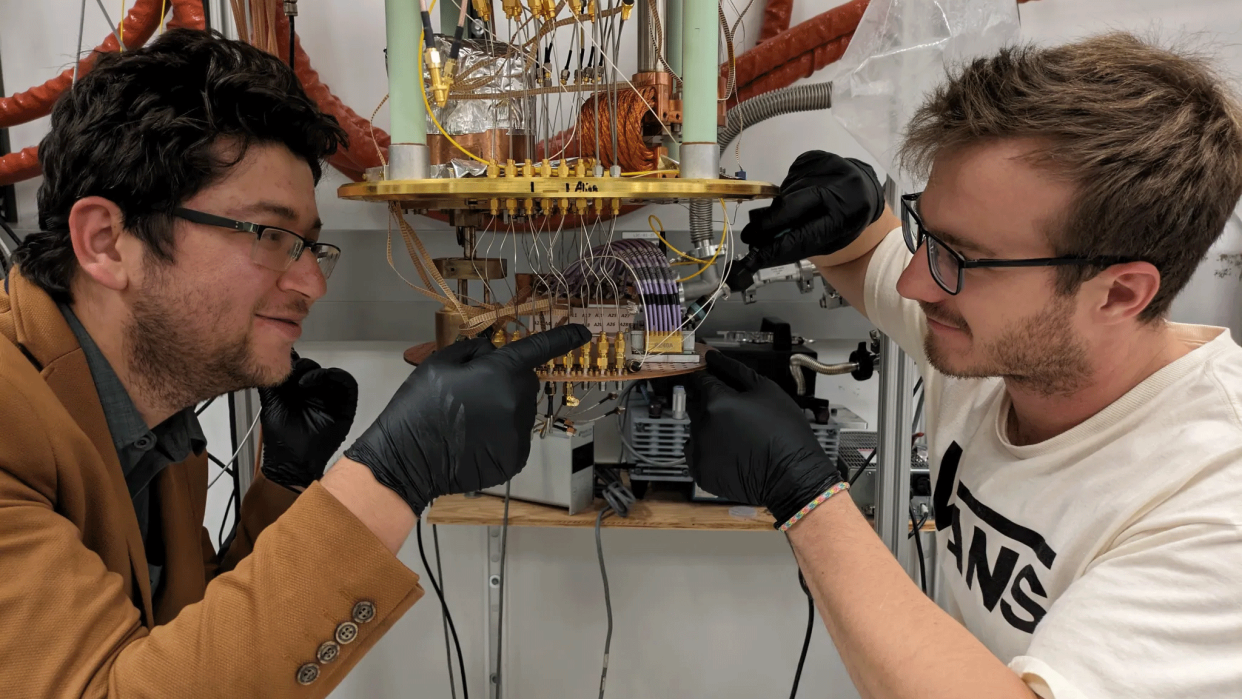NASA's ultralow-noise superconducting camera smashes pixel limit in search for Earth-like planets

The act of pointing a manual camera at the vast night sky and capturing a long exposure photograph, also known as astrophotography, blossomed in popularity during the regular lockdown periods of the COVID-19 pandemic.
When recording imaging of faint sources, it’s imperative that a camera is extremely low-noise, and able to detect the smallest number of light photons, and reports the quantity of light received accurately, especially for researchers at NASA.
Superconducting cameras (SCAM) are ultra-fast photon-counting cameras developed by the European Space Agency, and work by being cooled to three-tenths of a degree Celcius above absolute zero. This enables its sensitive electronic detectors to pick up almost every photo of light.
However, these cameras have historically not been widely applicable due to their smaller size, rarely exceeding a few thousand pixels, limiting their ability to capture high-resolution images.
In a major breakthrough, researchers at The National Institute of Standards and Technology (NIST), the NASA Jet Propulsion Laboratory (JPL), and the University of Colorado Boulder have recently shattered that barrier.
The team have developed a superconducting camera with 400,000 pixels, which could be used to detect faint astronomical signals in a wide range of wavelengths, from ultraviolet to infrared.
This solution could be extremely useful in the search for Earth-like planets outside our solar system.
Researchers applied time-domain multiplexing technology to the interrogation of two-dimensional superconducting-nanowire single photon detector (SNSPD) arrays.
“The individual SNSPD nanowires are arranged as intersecting rows and columns,” explains NASA. “When a photon arrives, the times it takes to trigger a row detector and a column detector are measured to ascertain which pixel sent the signal. This method allows the camera to efficiently encode its many rows and columns onto just a few readout wires instead of thousands of wires.”
Once the researchers tried this new way of encoding via readout wires, they quickly found that it became easy to construct superconducting cameras with extremely large numbers of pixels.
Technical lead Dr Bakhrom Oripov said "The big advance here is that the detectors are truly independent, so if you want a camera with more pixels, you just add more detectors to the chip."
Megapixels here we come?
Check out our best picks for astrophotography cameras and also lenses for astrophotography here. If it's telescopes you're interested look at our Best telescopes for astrophotography.

